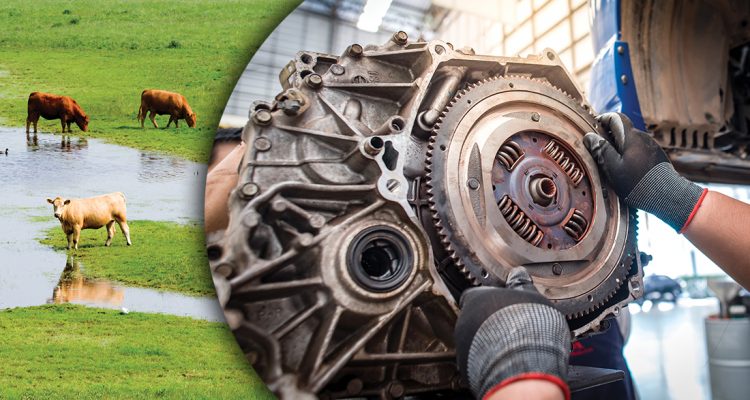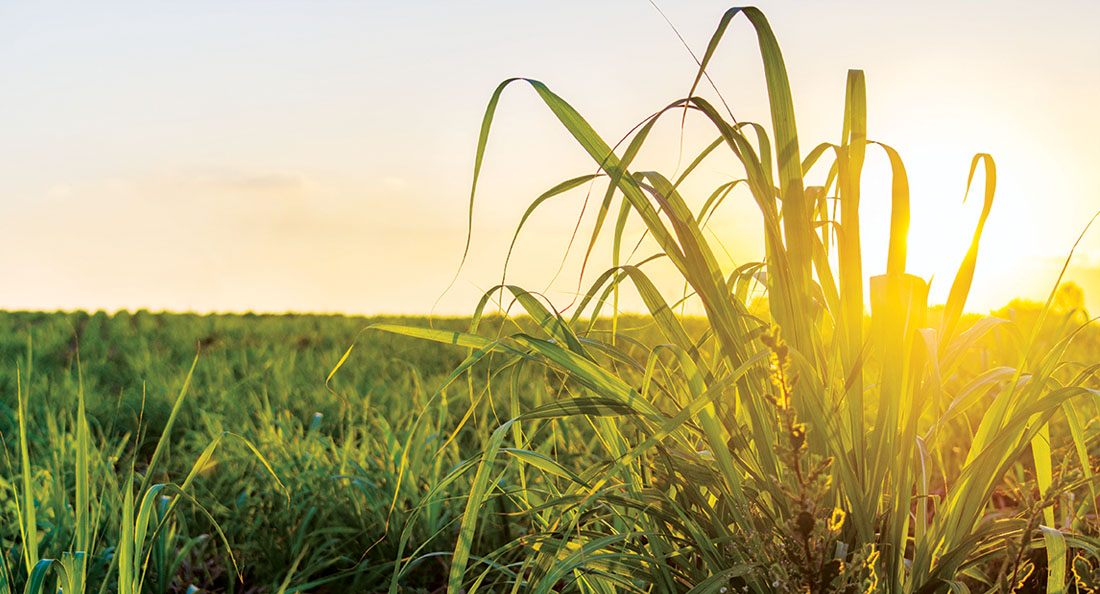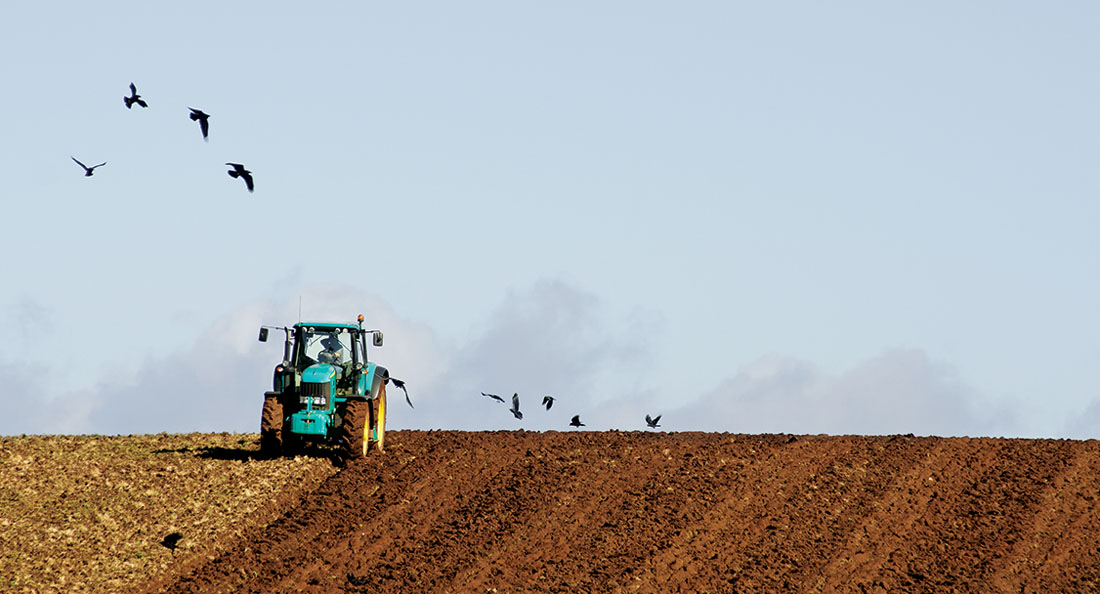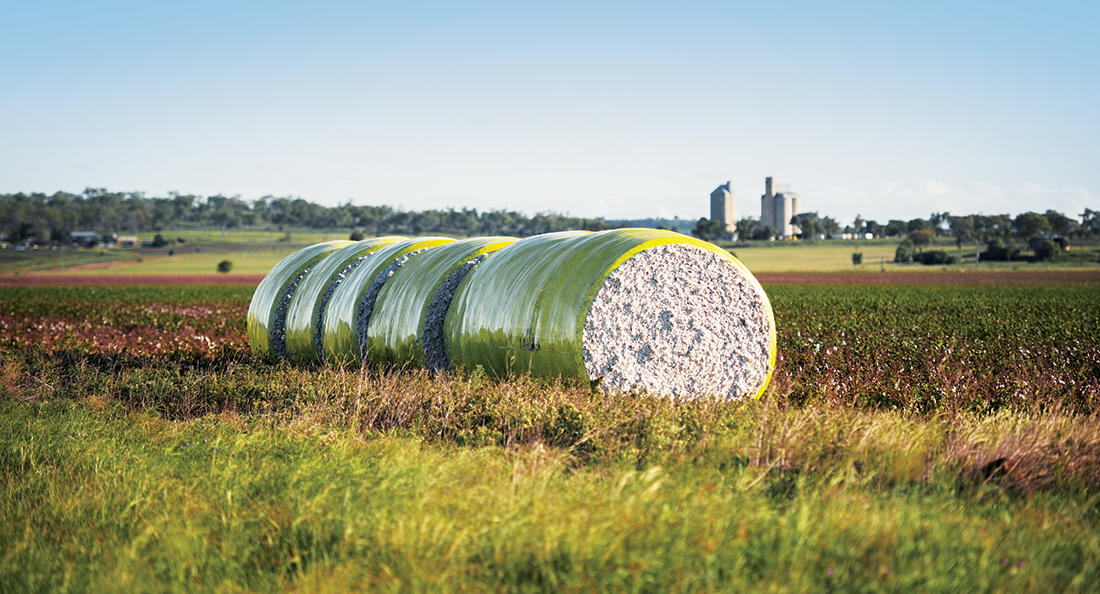In the aftermath of crisis, businesses and their communities lean on each other to navigate the long road to recovery. Even in areas where extreme weather events are an expected annual occurrence, things can turn quickly, leaving entire towns stranded or without access to crucial infrastructure.
In the first half of 2022, Australia has seen record rainfall and an unprecedented flood season for Queensland and New South Wales. According to the Bureau of Meteorology, this can be largely attributed to the La Niña low-pressure system that dragged moisture from the Coral Sea over the eastern coastline. The floods left many regional towns isolated or in a state of devastation, with extensive damage to industrial machinery required for the clean-up.
In many of these regions, it has been Motion Australia’s priority to engage with those affected and orchestrate timely supply of key parts and servicing where they are needed most. According to Grant Gray, National Manager for Sales, their biggest focus is ensuring accessible stock not only for dewatering, but also getting equipment for agriculture and other sectors back online.
“We are very connected to our communities through the extensive branch network around the country,” he says. “It’s been shown that when moments like this happen, we come together to support customers with a speedy recovery. We want to help them get back to full production as quickly as they can. We have a company-wide commitment to the land, and the people living on it as well.”
Due to Motion Australia’s diverse capability and nation-wide distribution footprint, they are offering a broad range of services and supply options for businesses in storm-affected areas. Industry experts are available for inspection, refurbishment and replacement of mechanical gearboxes, drives, and pumps, as well as underground hydraulic equipment. In addition to water transfer hose and connectors, local branches can source bearings, speciality lubricant, de-watering fluid, and sanitation chemical products for the cleaning and rehabilitation of machinery.
“We are able to pull together all of the resources from our different businesses, whether that be hosing and pumps, waterproof lubricants, gearbox or motor parts,” explains Grant. “All it generally takes is one phone call, which is fortunate because so many of these situations are extremely urgent.”
Grant explains that in many instances, the stakes are personal, as some Motion Australia team members are contending with the natural disaster first-hand. Because of this, the company’s dedication to the recovery effort goes beyond just a supply and demand necessity.
“Every one of our businesses understand that the critical objective is getting our customers back to a level of normality as quickly as possible, while also understanding the hardship they’ve suffered,” he reflects. “We had everyone from state managers down to sales reps out there helping, because we are a part of these communities and have been for 20, 30, 40 years or longer.”
Some of the group’s key branch locations in both states suffered damage, or were wiped out entirely when the flood waters arrived. In response to this, the company was able to utilise a flexible stock rotation system to re-direct supply and meet the increase in demand.
“When one light in our network goes out, another shines even brighter,” Grant says. “In Lismore, where our branch was completely wiped out, we leveraged the support of our nearby store in Grafton to continue supplying customers with everything they needed. We knew we had to mobilise whatever resources we had to provide active support.”
“We haven’t left those regional communities behind. Everyone knows the challenges right now with regards to food production and farming, and it’s important that these industries get back on their feet to full capacity.”
While the waters have receded and the focus is now placed on rehabilitation, the Bureau of Meteorology is predicting a resurgence of La Niña in Spring 2022, bringing with it more heavy rainfall and potential threat to farmland. This knowledge is at the forefront of Motion Australia’s forecasting efforts, as they evaluate key factors like stock holding and lead times for an increasingly unpredictable industrial market.
“Australia is an extremely resilient country, and we do our best to reflect that,” Grant says. “Being able to move quickly, understand the challenges and engineer an outcome is almost second nature, because at the end of the day you have to keep moving.”
“It’s a long road to recovery from this year’s flood season, and many people are still being affected,” he concludes. “We will walk that road with our customers and do our best to get them back on their feet.”




